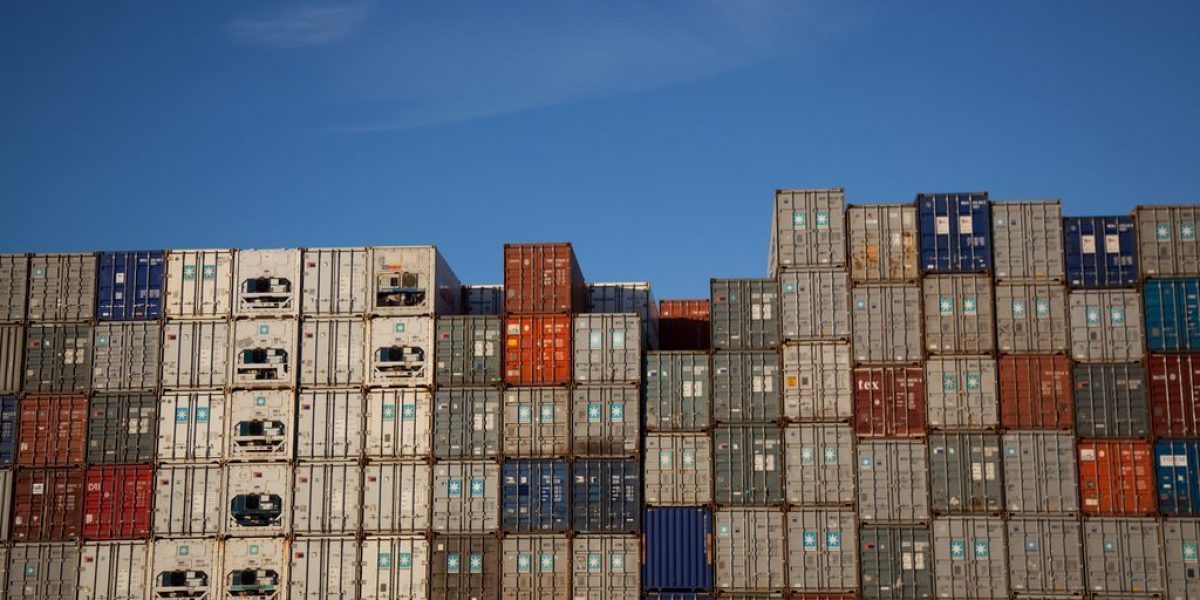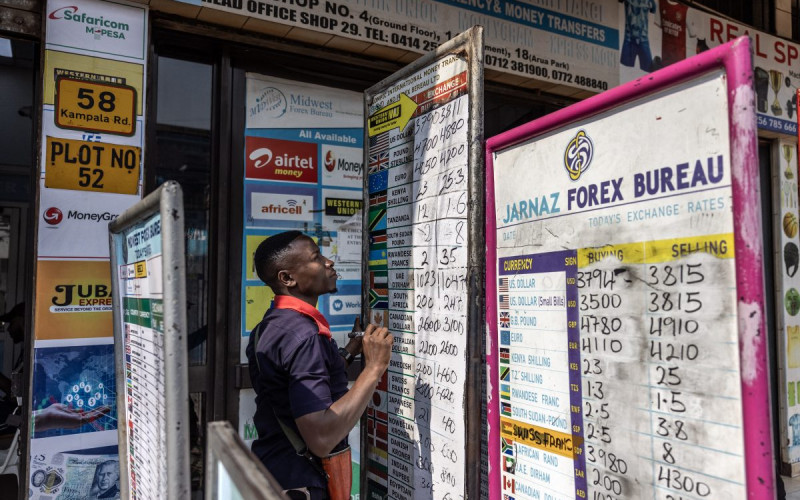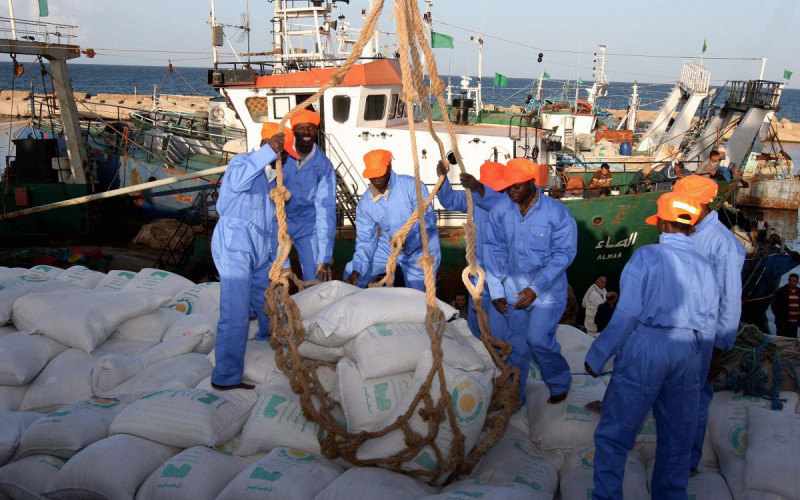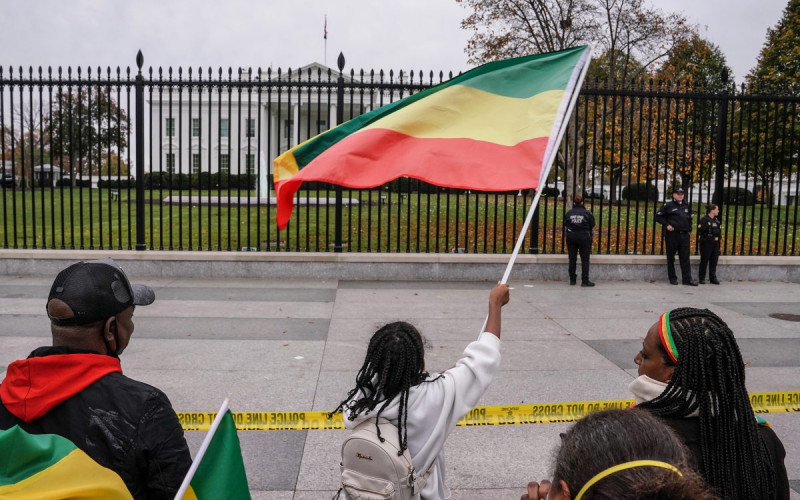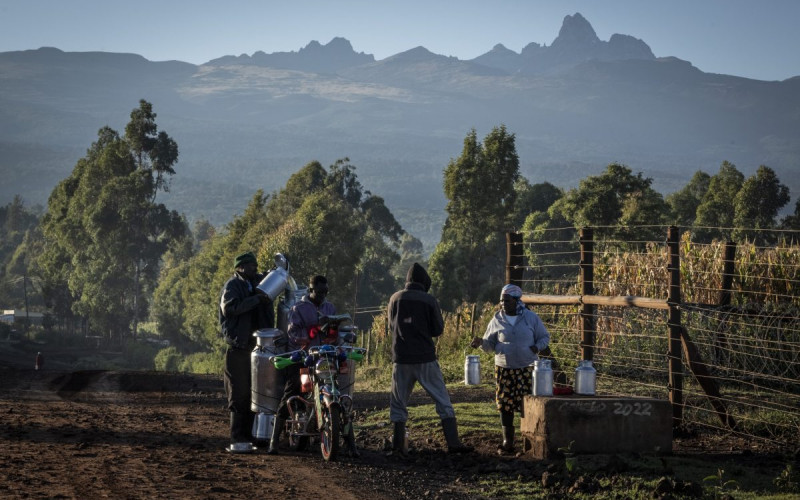No wonder Mauritius is set to host one of five of China’s planned (and Chinese-financed) “special economic zones” (SEZs) for Africa. But we’re supposed to be China’s gateway to Africa. That’s one of the reasons Industrial and Construction Bank of China (ICBC) bought such a large chunk of Standard Bank, right?
The Mauritian SEZ will provide space for a range of companies already present or planning to operate on the continent. China will fund and direct its establishment. Mauritius is said to be attractive because of its relative stability; and its “safe” yet not-too-big distance from those sorts of instabilities on the continent. Mauritius’s preferential access to European and North America markets presumably also played a role.
SEZs played a big role in China’s economic opening after 1978. They offered a way to experiment with rapid and deep liberalisation in a fairly controllable way. Whatever worked well was transplanted to other parts of the economy; whatever didn’t was scrapped. Some argue that they are now offering these lessons to Africa.
But Mauritius is already an open economy, having realised long ago that being small and far away in today’s world demands a Dubai or Hong Kong, or indeed coastal-Chinese, approach to economic development. It is also growing well already, and has a successful history with home-grown free trade zones.
So Mauritius isn’t in this for the policy lessons; the Chinese therefore can’t market it as yet another “help Africa help itself” initiative. This suggests the Shanxi Tianli Enterprise Zone is purely about business, and will provide Mauritius with a healthy dose of foreign direct investment.
Such business and investment is needed in SA too. SA is routinely told by foreigners that it is their “gateway to Africa”, and already offers the Chinese at least as much as Mauritius does in that regard. We also offer similar levels of preferential access to rich markets, and despite recent events, we’re politically and economically stable.
Politicians have expressed disappointment at the levels of Chinese fixed investment (excluding the ICBC equity purchase) in SA at present — we in fact invest more in China than vice versa. Given the proportions our trade relationship has reached and how much Indian companies, for example, are investing in SA (in large part to serve regional markets), one wonders what stops Chinese investors doing the same. One also wonders if an SEZ would improve things.
The answer is probably yes. But it isn’t clear that SA could support one. Hence the most likely reason why the planned southern African SEZ (there’s going to be one in each region of the continent) is going to Zambia is because we simply didn’t lobby for it.
Chinese SEZs are strong on free markets and weak on regulation. Hosting one here would require departures from standard policies and would surely encounter resistance from federation Cosatu, environmentalists and domestic businessmen (if denied access to the freedoms on offer).
Indeed, we would need to rewrite the rules for our own two industrial development zones (IDZs): Coega, which opened in 2005, and the older EL-IDZ (opened in 2002). They are clearly products of compromise, eliminating taxes on assets and imported inputs and offering a range of other incentives, but maintaining most of the protection and regulation — especially labour regulation — that is prevalent in the rest of the economy.
It is still early days, but so far neither has sparked much interest — and none from China itself, as far as I can tell — despite huge amounts of marketing. According to Coega’s 2007 annual report, just three investments are operational. And eight of the EL-IDZ’s 11 investors are in automotives, which receive large incentives under the MIDP anyway.
That raises questions concerning their efficacy, and in turn whether or not their design should be reconsidered. If we’re going to spend public money on these sorts of initiatives, we should try as best as possible to make them work well.
The potential in an export-oriented industrial park backed by Chinese commitment, run on Chinese logic, by Chinese managers if needs be, and free to import whatever it needs, is tantalising. On the other hand, the investments could flop, and the growth payoff might never come (China produces plenty of false starts in among its stellar successes). But in this case there are very few actual risks involved beyond failure — we wouldn’t be committing billions of rands, because the Chinese are financing these SEZs.
Besides, whatever happens, we would learn through experience, not debate, more about what the binding constraints to growing our tradable manufacturing sector really are. At the moment, it’s impossible to tell if it is poor infrastructure, crime, excessive regulation, an unfavourable exchange rate, overpaid middle-management, high unit-labour costs, fractious industrial relations, corruption, our natural resource endowment, excessive industrial concentration, or too little trade protection (or too much).
This would be valuable information, but can experimentation of this nature take place in our democratic developmental state?

